Seated Sun Salutation
Sun Salutations are traditionally practiced in the morning as a way to prepare your body and mind for the day ahead. It's a practice that allows you to gently ease yourself into wakefulness by limbering up your spine.
This practice isn't restricted to just the morning, however. You can do it anytime throughout the day to boost your energy. The next time you feel exhausted or worn-out, before you reach for that additional cup of coffee, try practicing a round of sun salutations.
There are many variations of sun salutations and this version has been modified to be seated, making it suitable for all body types and ability levels. The seated version is good if you spend long periods of time sitting at a desk. If you suffer from lower backache, or reduced mobility and flexibility issues, then practicing seated sun salutations will help to ease any aches and pains that build up during the day.
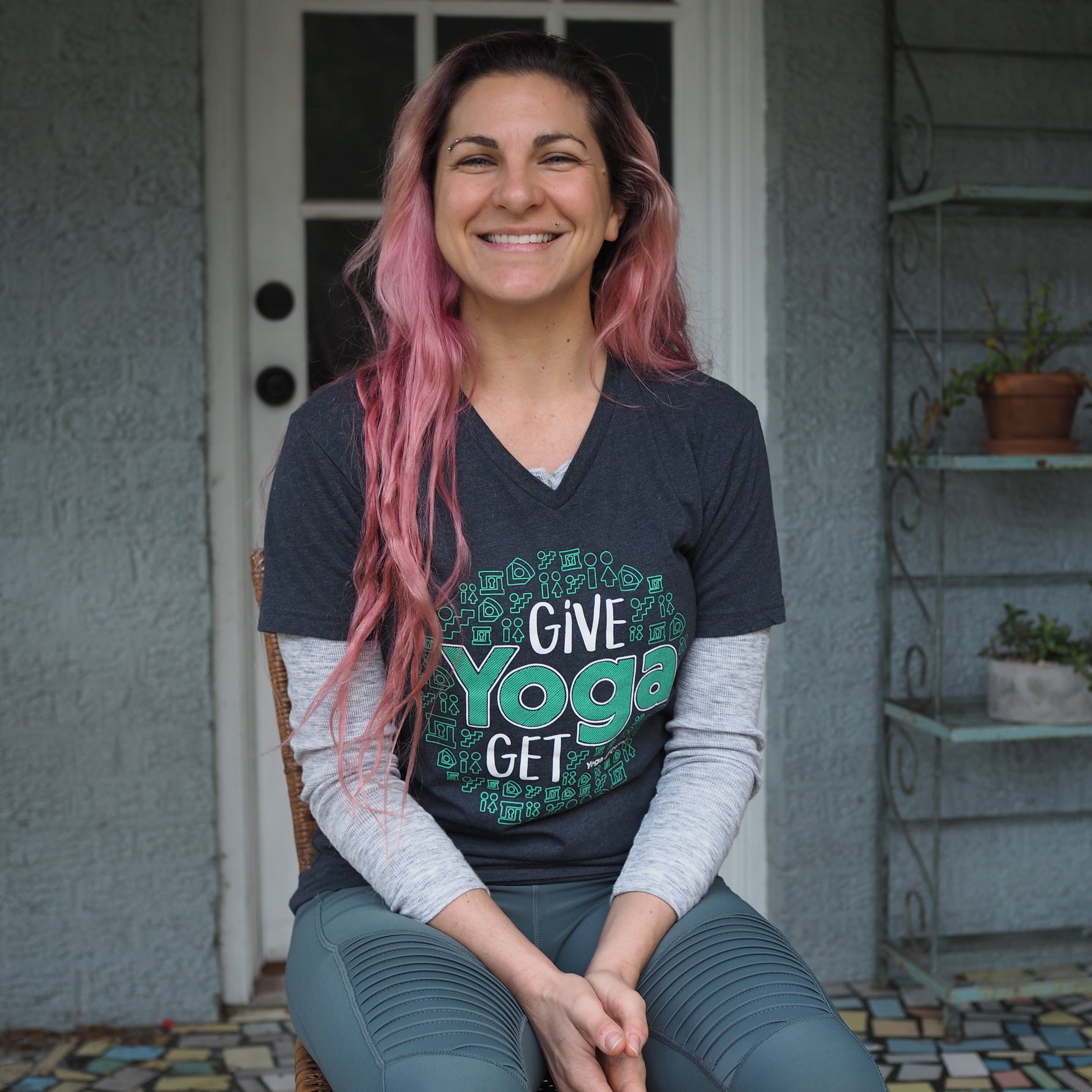



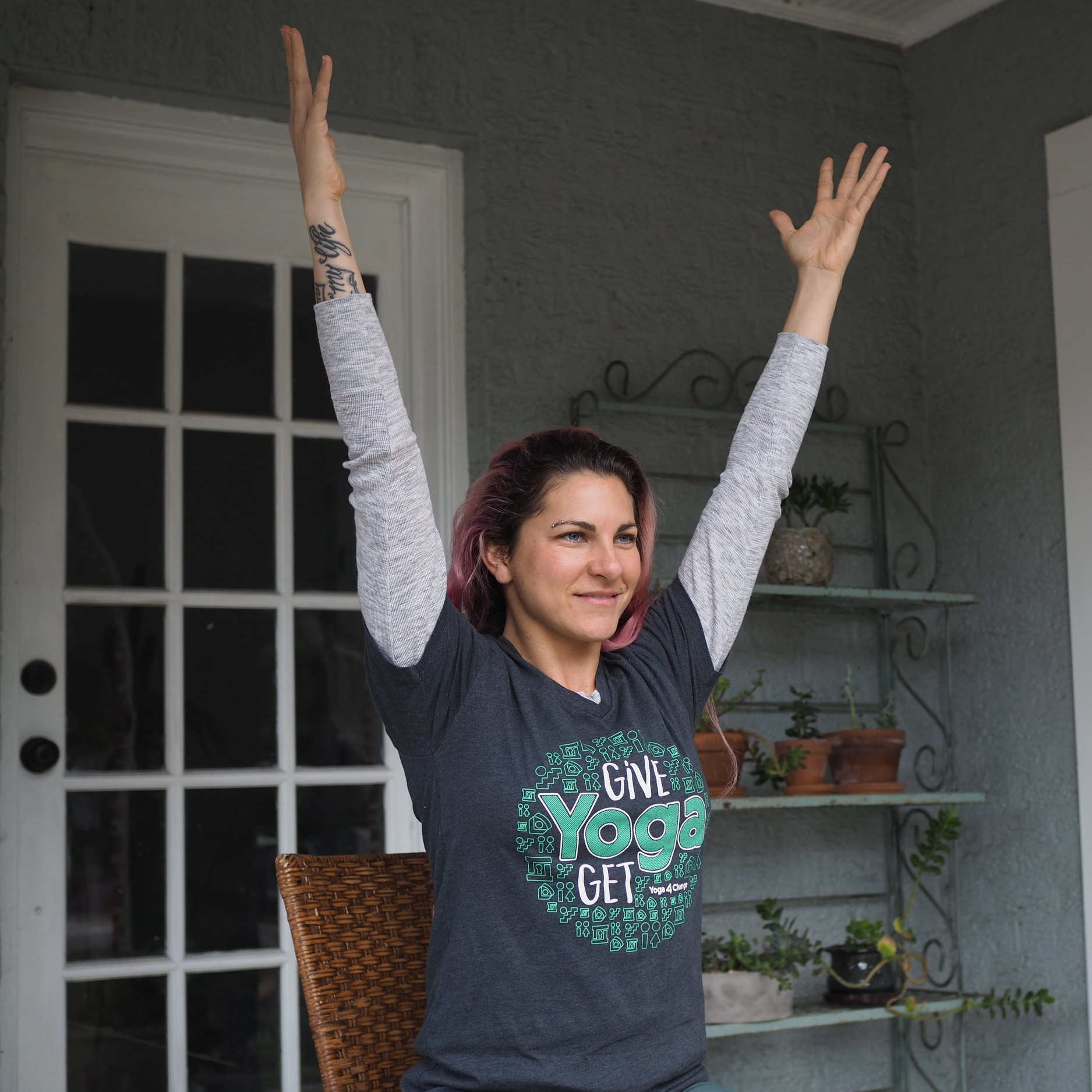
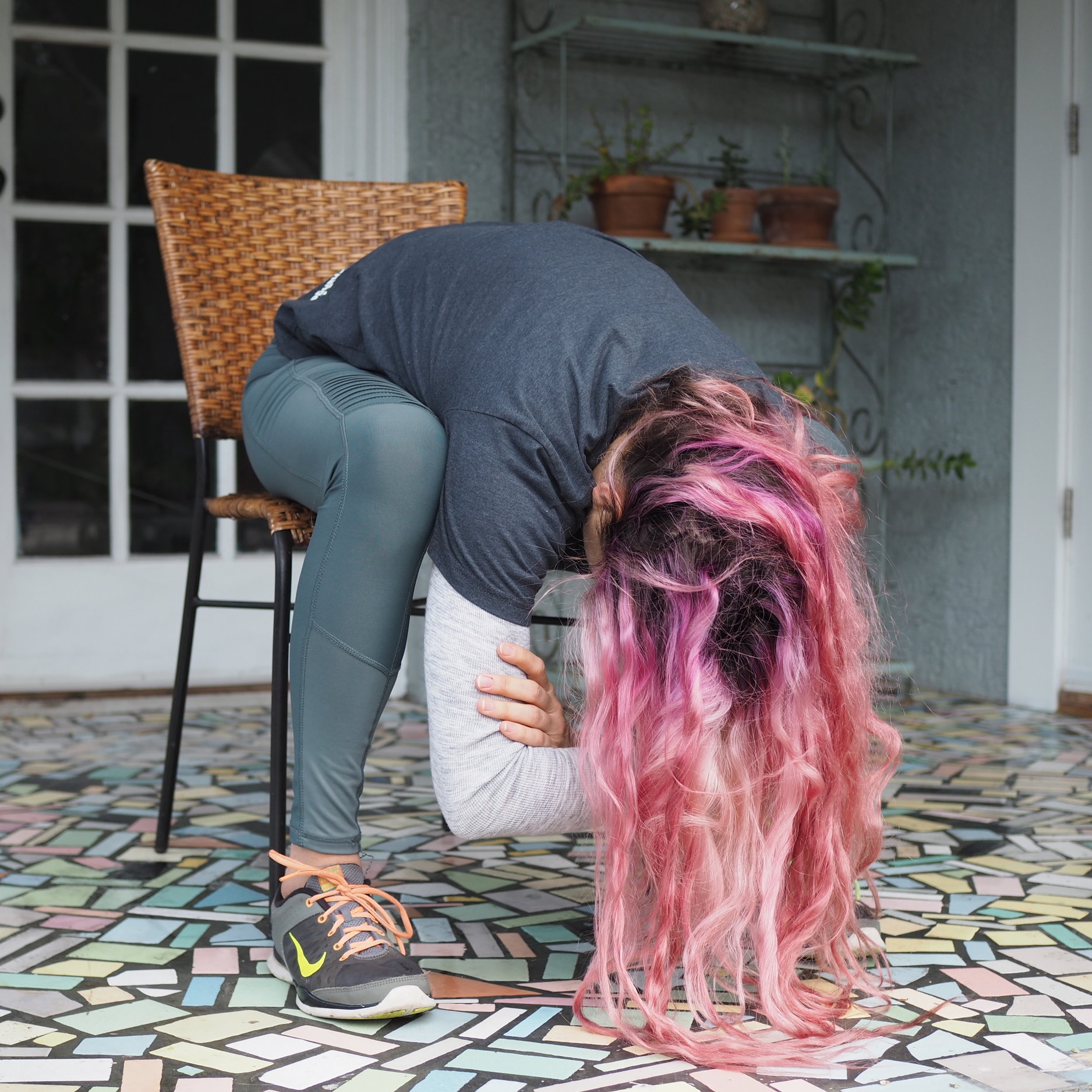
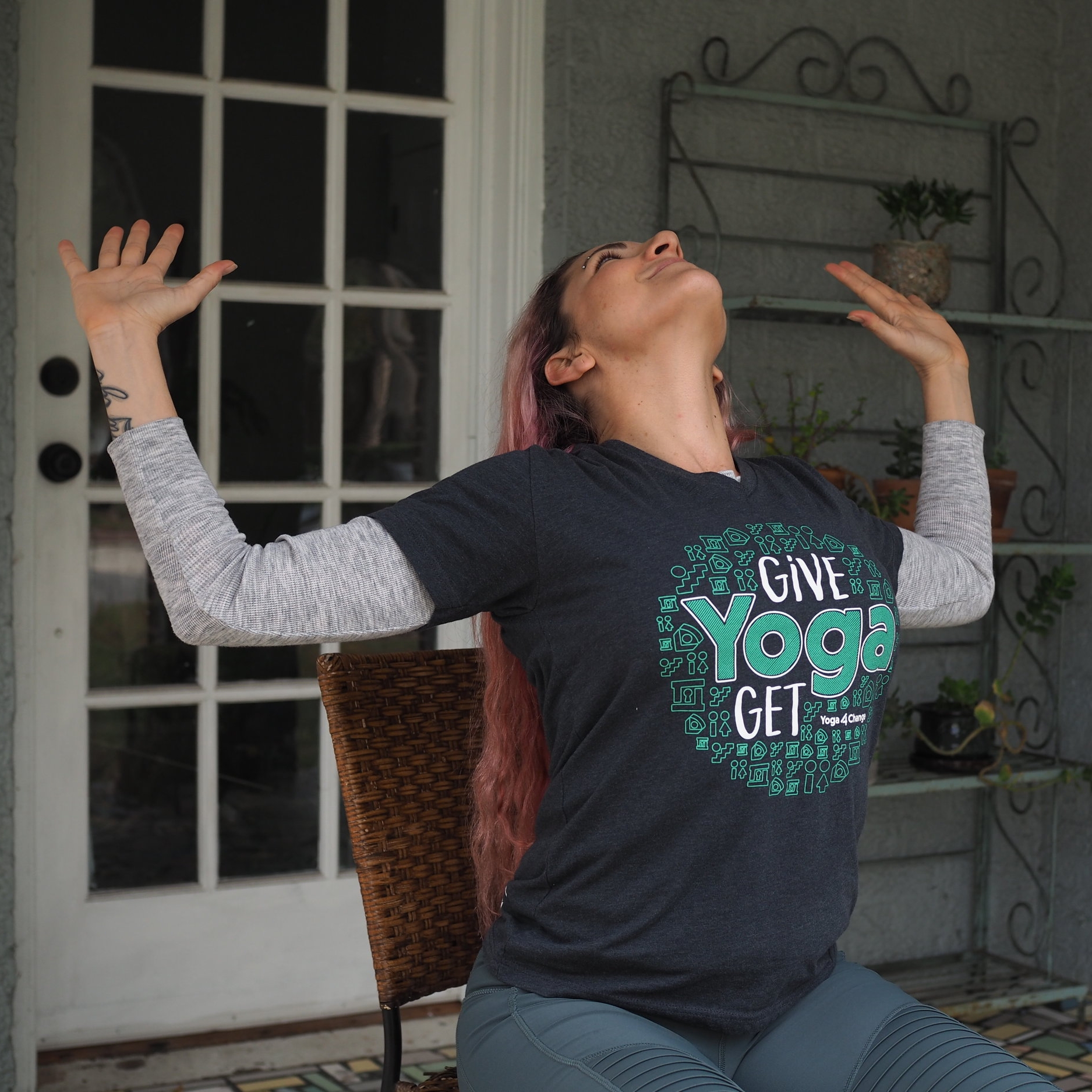

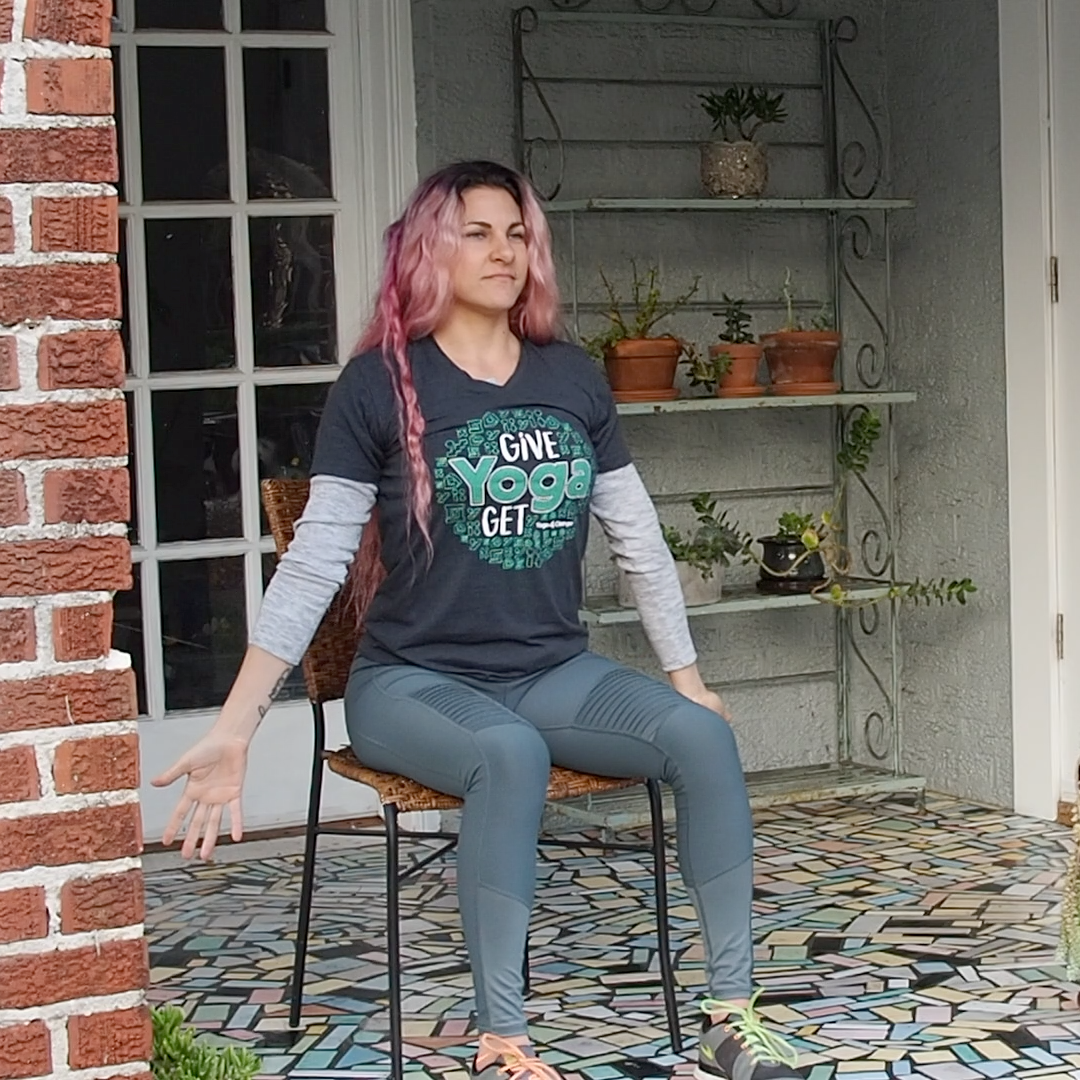
Suggestions for when practicing yoga:
- Don't do more than is comfortable
- Breathe, make your inhalations and exhalations loud enough so that you can hear them
- Initially breathe out through your mouth like you are trying to fog up a mirror, letting out an audible sigh of air
- Do this type of intentional breathing for three cycles. On your fourth cycle, close your mouth and exhale through your nose. Repeat, inhales in through your mouth and exhales out through your nose.
- Match your movements to your breath
Benefits of seated sun salutations:
- Provides support to your spine
- Eases the strain on your back and knees, whilst giving you a good stretch and opening up your chest, back, and shoulders
- Ease ailments such as aches, pains, and stiffness from sitting for prolonged periods at a desk
Thank you for reading. If you found this information beneficial, please consider making a sustainable donation to Yoga 4 Change. Your donation is used to support our core programs and helps us fulfill our mission. Please click below to donate online. You can make a one time or reoccurring tax deductible contribution.
